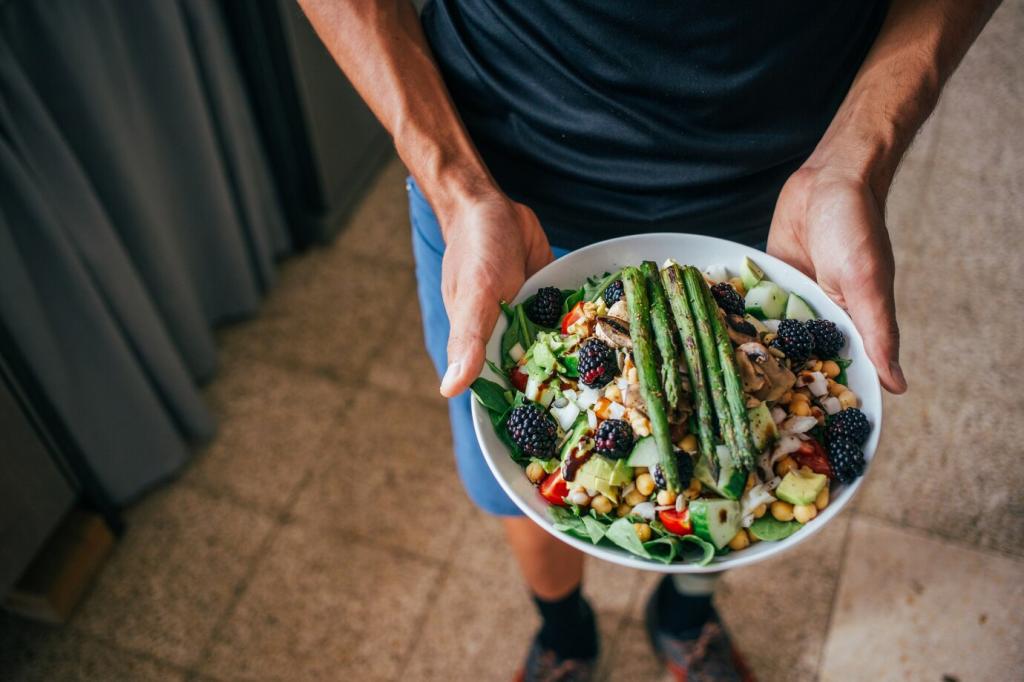Myth 4: Plant-based diets cause weight gain
Beans, lentils, oats, vegetables, and fruit provide fiber that slows digestion, steadies energy, and supports satiety. Many readers naturally snack less after building meals around legumes and whole grains. What high-fiber swaps helped you feel satisfied longer? Share your ideas to help others find their groove.
Myth 4: Plant-based diets cause weight gain
A bowl of steel-cut oats with berries and walnuts lands differently than sugary cereal. Baked potatoes with beans beat fries for volume and nutrients. Focus on minimally processed staples most of the time. Comment with your favorite satisfying whole-food breakfast, and subscribe for our seven-day sample menu.






